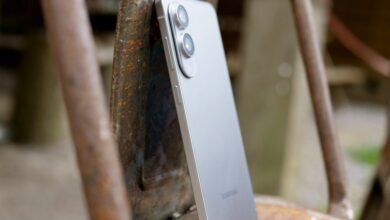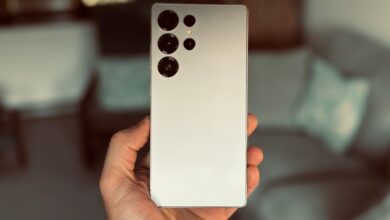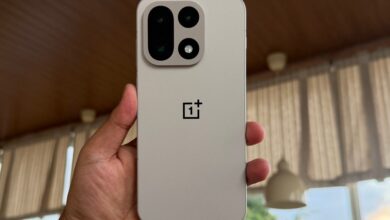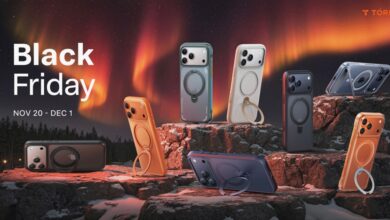Galaxy Z Fold 7 Camera Rivals S25 Ultra Quality
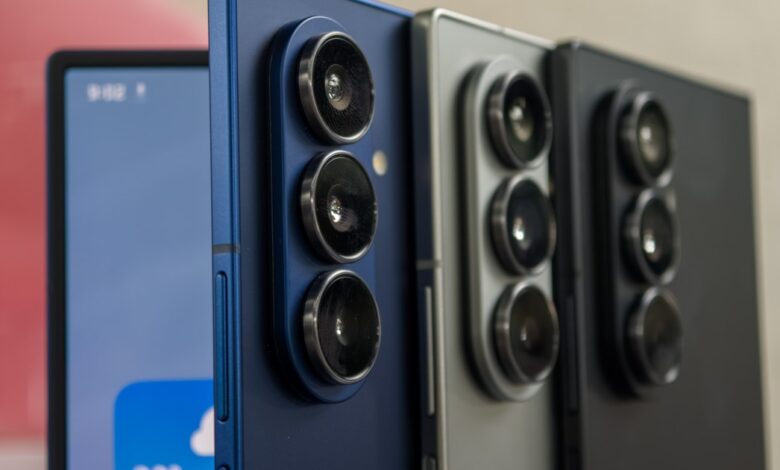
Samsung Galaxy Z Fold 7: A Noteworthy Upgrade
The samsung Galaxy Z Fold 7 marks a significant leap forward from its predecessor, the Galaxy Z Fold 6. This latest model is not only thinner and lighter but also boasts larger displays and notable performance. Our review of the Galaxy Z fold 7 reveals that it stands out as the top folding phone for most users, despite a few minor drawbacks.
Camera Capabilities: A Mixed Bag
One area where the new device faces challenges is its camera system. Samsung aimed to replicate the experience of using the Galaxy S25 Ultra while incorporating a foldable design in the Galaxy Z Fold 7. In terms of design,they succeeded; it’s just slightly thicker by 0.7mm but feels lighter due to a weight reduction of three grams. However, when it comes to camera performance, opinions vary.
The Galaxy Z fold 7 features a powerful 200MP main camera similar to that found in the ultra-slim Galaxy S25 Edge, designed for an experience akin to that of the S25 Ultra. But does it live up to expectations? How does it stack up against competitors like the iPhone 16 Pro? I put these cameras thru their paces and here’s what I discovered.
Testing Conditions: Times Square Adventure
A few days after launching in New York City, I took my testing outdoors at Times Square during both day and night hours—a location familiar from countless photos and ideal for evaluating everyday camera use.
I aimed to capture identical shots across all devices; however, variations in selfie angles and photo alignment were certain. The primary focus was on comparing images from both the Galaxy S25 Ultra and Galaxy Z Fold 7 since they share many features. The iPhone 16 Pro also made an appearance in some comparisons below. All images have been resized for web compatibility without any additional edits.
Camera Specifications Overview
- Galaxy Z Fold 7:
- Main Camera: 200MP f/1.7 (24mm)
- Ultrawide: 12MP f/2.2 (120°)
- telephoto Lens:10MP f/2.4 (3x optical zoom)
- Selfie Camera:10MP f/2.2 (24mm)
- Galaxy S25 Ultra:
- Main Camera:200MP f/1.7 (24mm)
- Ultrawide:50MP f/1.9 (120°)
- Telephoto Lens #1:10MP f/2..4 (3x optical zoom), Telephoto Lens #2 :50 MP(f /3 .4 ,5 x optical zoom )
- Selfie Camera :12 MP(f /1 .9 ,23 mm)
- < strong >iPhone16Pro :
- MainCamera :48 MP(f /1.8 ,24 mm)
- Ultrawide :48 MP(f /22 ,13 mm)
- TelephotoLens :12 MP(f /28 ,120 mm)(5 xopticalzoom )
- SelfieCamera :12 MP(23 mm)f /19
< p >< em >< strong >
< h = "wp-block-heading" class="wp-block-heading">Comparing Image Quality Across Devices
< p >< span style="font-weight:bold;">Out-of-the-box settings on both phones default to capturing at a resolution of12M P.< span style="font-weight:bold;">This process combines multiple pixels into one larger pixel allowing more light intake which enhances low-light photography.< br />The lower resolution saves storage space too—my tests show that200M P photos consume about ten times more space than their12M P counterparts while often yielding better results overall.< br />However,the higher resolution can be beneficial under certain conditions so let’s take a look at how each phone performed with this setting enabled.
< h = "wp-block-heading" class="wp-block-heading">Head-to-Head comparison
< p >< img src=“image_url” alt=“Comparison between two phones” />< br />In my side-by-side comparison between photos taken with each device,both images appeared nearly identical yet exhibited distinct differences based on framing choices made during capture time.< br />TheGalaxyS25Ultra focused sharply on foreground details whereastheZFold captured broader peripheral elements—this discrepancy likely stems from slight variancesinhoweachdevicewasheldduringshooting.
< h = "wp-block-heading" class="wp-block-heading">Daylight vs Low-Light Performance
< p >< img src=“image_url” alt=“Photo taken during daylight” />< br />Now let’s examine how well these cameras perform under varying lighting conditions.I ensuredbothphoneswere setto default settings before snapping pictures around iconic locations like Carlo's Bakery where bright LED signs posed challengesforallthreedevices involvedinthis test.
< h = "wp-block-heading" class=" wp - block - heading ">Zoom Capabilities Under Scrutiny
< p >< img src= “image_url ” alt =" Zoom test image "/>
Whenitcomestozoom capabilities,theZFold holdsitsownagainsttheS25Ultra thanks totheirsharedtelephotolensbut falls shortcomparedtoApple'siPhonewhichoffersadditionalzoomoptionsbeyondwhatSamsungprovides.
Surprisingly,I foundthatwhiletestingatvariousdistances,ZFoldoutperformedS25Ultraatlowerzoomsbut struggled significantly once pushed beyondthreexmagnification levels.
This highlightsaninterestingpointaboutfuturefoldablephonespotentiallybenefitingfromenhancedcamera setups similar tothe flagship modelscurrentlyavailableon themarket today.the Final Verdict on Camera Performance
This extensive examination has confirmed my initial thoughts regardingthecamera qualityofGalaxyZFoldsevenifitdoesn’t quite matchupwhenitcomestozoomingpastthree times magnification levels.Theoverallperformanceisbetterthanexpectedand competes favorablywithmanytop-tier smartphones available today.
While some users may wishforimprovedzoomfunctionality,itremainsadequateformostcommonphotography scenarios coupledwithnoteworthydesignfeaturesanddisplayenhancements making this upgrade appealing even ifyou’re alreadyusinglastyear'smodel!And don't forget! NoveByte might earn a little pocket change when you click on our links, helping us keep this delightful journalism rollercoaster free for all! These links don’t sway our editorial judgment, so you can trust us! If you’re feeling generous, support us [here](https://amzn.to/4kJuinD)!


